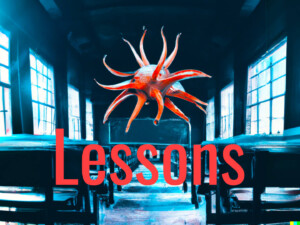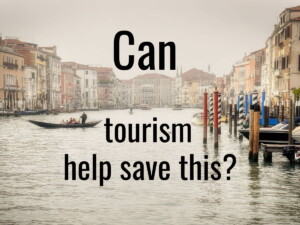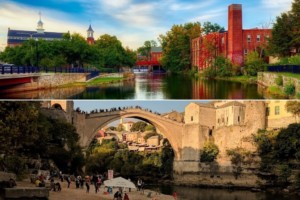Wellness pilgrimage: A post-COVID tourism business opportunity for sacred sites

Many people will be keen to travel for wellness, perhaps even enlightenment, when they arrive at the end of their COVID-19 tunnels. In this “Good Tourism” Insight, university lecturer Ricardo Nicolas Progano points to the potential for rural destinations with sacred, spiritual, or religious heritage to tap into pent-up wellness tourism demand.
[Thanks to Jim Butcher for inviting Dr Progano to write a “GT” Insight.]
The practice of travelling for health and well-being is deeply related to pilgrimage. Since ancient times, pilgrims would embark on arduous journeys to sacred sites to obtain divine healing. In ancient Greece, for example, devotees would visit the Temple of Asclepius, the god of medicine, to seek divine favour and obtain a cure for their ailments.
Religious and spiritual beliefs, myths, and legends were imprinted in popular narratives that encouraged travel to their source. In the Japanese story of Oguri Hangan and Princess Terute, the main character was miraculously healed in the waters of Kumano Kodo, which is still a pilgrimage circuit visited by all social classes today.
Nowadays, while seeking miracle cures may not be as common, travellers continue to visit different locations for wellness and health reasons. This can take a wide range of forms: from seeking cheaper medical treatment in another country (medical tourism) to visiting a spa in a local hot-springs establishment (wellness tourism).
While modern medical procedures for objective outcomes play an important role in medical tourism, pilgrimage sites continue to be linked to more subjective notions of good health, wellness, and even miraculous cures. The Lourdes sanctuary in France is a prime example in contemporary Western society.
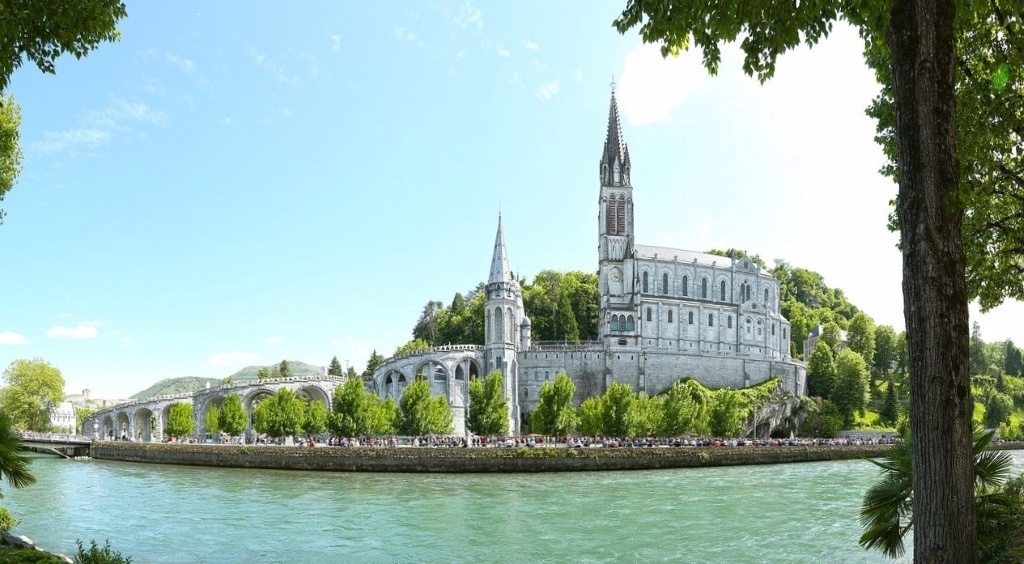
In this blog post I would like to describe the relationship between pilgrimage travel and wellness, where ‘wellness’ is a holistic balance of healthy body and healthy mind rather than a cure for a particular disease. ‘Wellness’ also emphasises self-responsibility and lifestyle changes as ways to improve one’s quality of life.
Pilgrimage and practice as wellness tourism products
In contemporary society, different religious practices have been adopted, adapted, and marketed for wellness purposes. The Asian practices of yoga and meditation are prime examples of this. For a long time now, travellers have visited well-known pilgrimage centres to hone their skills, improve their quality of life, and embark upon self-discovery quests. Yoga in particular plays an important role in India’s travel & tourism industry. Consequently, the Indian government has drafted guidelines for promoting yoga and other traditions as wellness products for visitor consumption.
Also see Ivana Damnjanović’s “GT” Insight
“Travel, stories, education: The keys to happiness?”
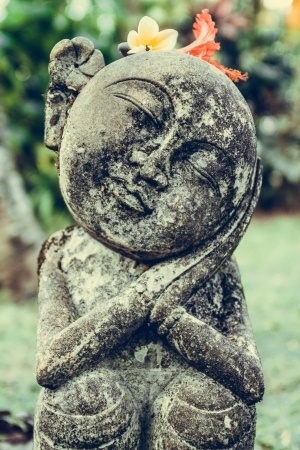
Tourist-oriented programs need not strictly adhere to religious teachings established by traditional institutions, of course. The target market for such programs will likely follow a more individualised and eclectic spirituality that incorporates different elements of psychology, science, other religions, and even magic. In this context, religious traditions like yoga and meditation emphasise self-care and therapy rather than a traditional objective such as enlightenment.
In pre-modern times, life itself was staked for the promise of spiritual reward. Pilgrimage was often gruelling and dangerous. Pilgrims found themselves facing disease, rough terrain, unpredictable weather, and thieves.
Due to the advances of modern society — infrastructure, medicine, and services — a pilgrimage today is a relatively risk-free experience for all but the most extreme among us. Modern pilgrims can relax as they walk the trails, pass through the communities, and traverse the landscapes associated with their pilgrimage. The therapeutic ‘wellness’ effect of such journeys, especially through natural environments, is well documented and has become a staple of pilgrimage tourism.
Also see Sudipta K Sarkar’s “GT” Insight
“Wild urban spaces: Rethinking ecotourism as a mass tourism product”
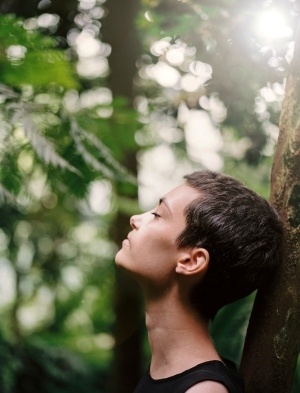
Long ago, the 88-temples pilgrimage of Shikoku Henro in Japan was also perceived as a difficult and dangerous journey. Today it is depicted as a healing (iyashi; 癒し) journey; one that passes through a traditional rural landscape featuring friendly communities and their local cuisines.
On the Kumano Kodo route, another Japanese pilgrimage, the sites traditionally used for religious rituals — the forest trails along the Kii peninsula and the hot springs — are now enjoyed as venues for health and wellness activities. One of those activities is the well-known Japanese practice of forest bathing (shinrin’yoku; 森林浴).
Koyasan, the Shingon temple complex in Japan, also offers shinrin’yoku in its wellness program for visitors. It is another example of the relationship between pilgrimage and wellness in contemporary travel.
Post-pandemic opportunities and challenges for wellness destinations
The wellness dimension of modern pilgrimage has the potential to be important in post-COVID tourism. As the pandemic and its governmental responses have led to increased levels of depression, stress, and anxiety, travellers are likely to demand trips that take them from overcrowded urban spaces into natural environments.
Also see Rohan Bhalla’s “GT” Insight
“Can tourism help solve the post-C19 mental health crisis?”
In this context, pilgrimage locations in rural environments will be attractive destinations. They offer not only a physical escape, but also a spiritual and/or wellness component, while also avoiding crowds and the risk of viral transmission.
Some pilgrimage places that were already offering wellness programs before COVID-19 were well positioned to tap into COVID-era trends. Take the Buddhist temple Eko-in in Koyasan. Eko-in offers a teleworking program to urban white-collar workers. The workers can stay in the temple and participate in its wellness and religious activities while continuing to work.
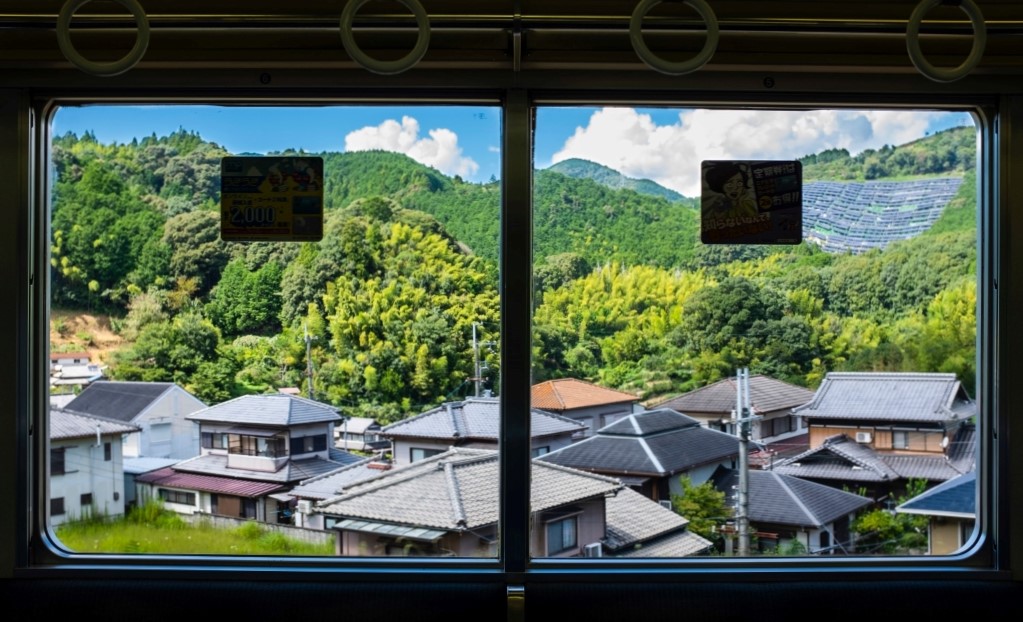
There is also a visitor dispersal component to wellness pilgrimage. This is an important benefit at a time when, before the pandemic, some host communities were becoming concerned about overtourism. Fortunately, localities with prime pilgrimage-related resources are often located in rural areas that would benefit from the economic yield of appropriately planned sustainable tourism.
Also see Bert van Walbeek’s “GT” Insight
“A ‘year of hell’, wanderlust, & the supermarket of beautiful places”
However, as always, there are some challenges to be considered. Firstly, as pilgrimage is often a communal experience — particularly in urban areas — there is a risk of creating COVID-19 transmission clusters. This is of particular importance in old religious buildings that may have poor ventilation by modern standards. In the early days of the pandemic, religious gatherings were a driver of community spread in some countries.
Whatever the context and circumstances of the wellness pilgrimage destination, attraction, or product — urban or rural, indoor or outdoor — appropriate health policies should be in place to protect the local community, which may lack the medical infrastructure necessary to manage a possible outbreak.
Finally, while destinations managers and marketers may be keen to exploit the tourism opportunities presented by wellness pilgrimages, any participation by religious institutions must be based on full collaboration, partnership, and trust so as to prevent misunderstandings between different stakeholder groups.
What do you think? Share a short comment, anecdote, or question below. Or write a “GT” Insight of your own. The “Good Tourism” Blog welcomes diversity of opinion about our travel & tourism industry because it’s everyone’s business.
Featured image (top of post): Is there wellness, perhaps even enlightenment, at the end of the COVID-19 tunnel? By Warren Wong via Unsplash.
About the author
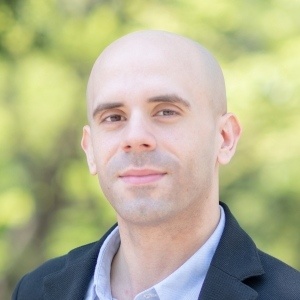
Ricardo Nicolas Progano is a lecturer at the Center for Tourism Research, Wakayama University, Japan. With interests in community-based religious tourism and cultural tourism, Dr Progano’s anthropological study of pilgrimage tourism in Japan includes analysing recent developments through qualitative fieldwork. Nicolas combines his backgrounds in Asian studies (University of El Salvador) and tourism studies (Wakayama University) with his language skills in Spanish, English, and Japanese to engage stakeholders and present research findings to audiences.



